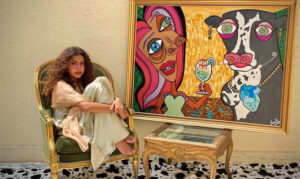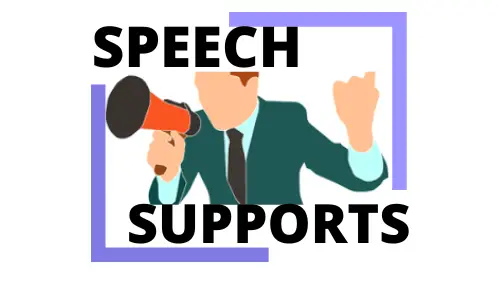Controversial art topics” is a phrase that beckons us to delve into the complex interplay between creativity, expression, and societal values. In the world of art, controversy often acts as a catalyst, sparking dialogue, challenging norms, and pushing boundaries.
From provocative political statements to boundary-pushing expressions of sexuality, art has a unique power to both reflect and challenge the zeitgeist. In this article, we’ll journey through the dynamic landscape of controversial art topics, uncovering the diverse perspectives, ethical dilemmas, and profound insights that they provoke.
What is art controversy?

Art controversy refers to any situation in which a work of art or an artistic expression sparks debate, disagreement, or conflict within society, the art world, or among individuals. These controversies can arise for various reasons, including the subject matter depicted in the artwork, the style or technique used, the artist’s intentions, or the context in which the art is presented.
Some common sources of art controversy include:
- Subject Matter: Artworks that depict controversial or sensitive subjects such as politics, religion, sexuality, violence, or social issues often provoke strong reactions and debates.
- Cultural Appropriation: Instances where artists appropriate elements of another culture in their work can lead to accusations of cultural insensitivity or exploitation.
- Censorship: Artworks that challenge societal norms or contain explicit content may face censorship or restrictions from authorities, institutions, or communities.
- Ethical Concerns: Art that raises ethical questions or challenges moral values can generate controversy, especially if it offends or challenges the beliefs of certain groups or individuals.
- Public Funding: Allocation of public funds to support controversial artworks can lead to debates about government spending and the role of art in society.
- Artistic Integrity: Disputes over artistic authenticity, plagiarism, or the boundaries of artistic expression can also fuel controversy within the art world.
Art controversies often highlight broader societal issues and provoke discussions about freedom of expression, cultural sensitivity, censorship, and the role of art in shaping public discourse. While controversies can be divisive, they can also stimulate important conversations and encourage critical thinking about art and its impact on society.
Importance of discussing controversial topics in art
Discussing controversial topics in art is crucial as it serves as a catalyst for critical thinking, dialogue, and societal reflection. Art has a unique ability to provoke thought, challenge perspectives, and spark conversations about complex and often sensitive issues that are pertinent to society.
By addressing controversial topics through art, artists not only express their own viewpoints but also provide a platform for others to engage with these issues in a meaningful way.
So, discussing controversial topics in art serves several important purposes:
- Promoting Dialogue: Art has the power to initiate conversations about difficult and contentious issues that people might otherwise avoid. By addressing controversial topics, artists can stimulate dialogue and encourage viewers to engage with complex social, political, and ethical issues.
- Raising Awareness: Art can shine a light on marginalized perspectives, injustices, and societal problems that may not receive adequate attention in mainstream discourse. By confronting controversial topics, artists can raise awareness and prompt viewers to consider alternative viewpoints and experiences.
- Challenging Assumptions: Controversial art has the ability to challenge prevailing norms, beliefs, and attitudes. By presenting provocative or discomforting imagery, artists can encourage viewers to question their own biases, prejudices, and preconceptions.
- Fostering Empathy: Art has the capacity to evoke empathy and emotional resonance in viewers. By depicting human experiences, struggles, and triumphs, even those that are controversial or uncomfortable, artists can foster empathy and understanding across diverse audiences.
- Encouraging Critical Thinking: Engaging with controversial art encourages viewers to think critically about complex issues and grapple with moral, ethical, and philosophical dilemmas. It prompts individuals to consider multiple perspectives, weigh conflicting viewpoints, and form their own informed opinions.
- Celebrating Diversity: Artistic expression thrives on diversity and the exploration of different voices, identities, and experiences. By embracing controversial topics, artists contribute to a rich tapestry of cultural expression and celebrate the multiplicity of human existence.
- Preserving Freedom of Expression: Discussing controversial topics in art defends the fundamental right to freedom of expression. Artistic freedom allows creators to explore challenging subjects without fear of censorship or reprisal, thereby safeguarding democratic values and the open exchange of ideas.
Overall, discussing controversial topics in art is essential for fostering a vibrant, inclusive, and socially engaged cultural landscape. It encourages introspection, promotes empathy, and empowers individuals to confront difficult truths and envision a more just and compassionate world.
50 controversial art topics


